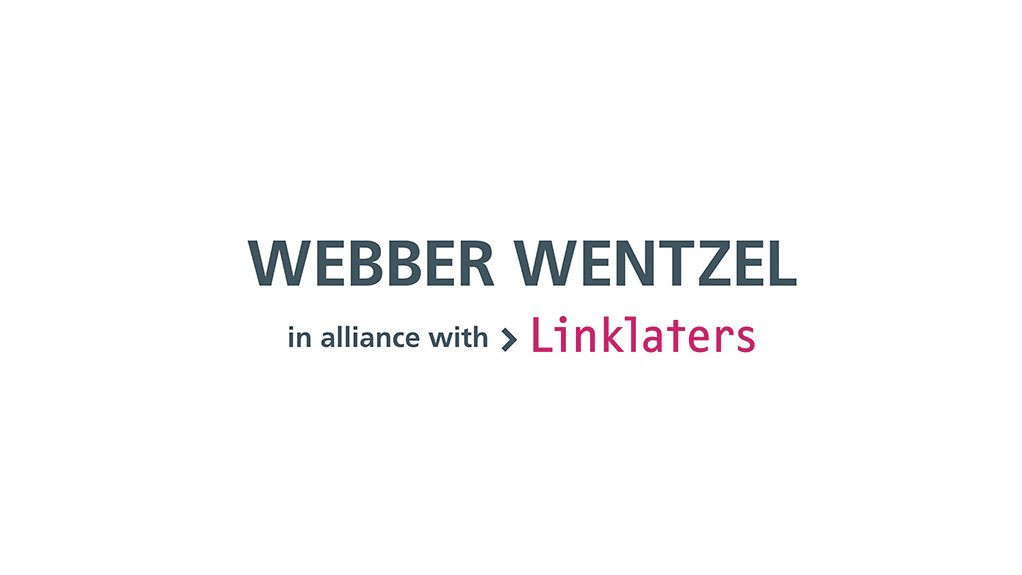On 2 June, the Financial Sector Conduct Authority and the Prudential Authority (the Authorities) published Joint Standard 2 of 2020, dealing with margin requirements for non-centrally cleared OTC derivative transactions. The objectives of the standard include achieving consistent pricing across the OTC derivatives market and international compliance.
1. South Africa's policy approach towards the regulation of OTC derivatives dates back to 2012, when National Treasury published a discussion document entitled "Reducing the risks of over-the-counter derivatives in SA" to ensure that the country's regulatory framework adhered to internationally-agreed standards. South Africa, as a member state of G20, incorporates the Basel Committee on Banking Supervision and the International Organisation of Securities Commissions' framework that establishes minimum standards for margin requirements for non-centrally cleared derivatives (BCBS-IOSCO Framework) to reduce systemic risk posed by OTC derivatives.
2. The Joint Standard is aligned with the BCBS-IOSCO Framework, creating a level playing field for local market participants, who often face counterparties from more developed markets while having to consider the realities of the domestic market. The Authorities have customised the BCBS-IOSCO Framework to accommodate the conditions in South Africa's market relating to the thresholds, scope of coverage, intra-group transactions, cross-border OTC derivative transactions and the treatment of physically settled FX forwards and swaps.;
3. The Joint Standard applies to OTC Derivative Providers that enter into non-centrally cleared OTC derivative transactions with a domestic or foreign counterparty. There are, however, certain exclusions: entities such as sovereigns and central banks; and transactions such as repurchase agreements and security lending transactions that are not derivatives but share some attributes with derivative instruments. Other exclusions in the Joint Standard are that it does not apply to non-centrally cleared OTC derivative transactions that are entered into between persons in the same group as defined in the Companies Act 71 of 2008, provided that certain conditions are met. If an OTC derivative provider enters into an applicable transaction with a foreign counterparty, the OTC derivative provider will be deemed to comply with the Standard, subject to the required documentary evidence.
4. The Joint Standard adopts a phased-in approach from the date of commencement (which will be determined by the Authorities) until 2024, with different applications to initial margin and variation margin. The Authorities are aware that the Joint Standard is a major shift in policy, especially for initial margin requirements, and that the implementation of the Joint Standard will require improvements to operations as well as an increase in collateral. Providers of OTC derivatives will have to plan around and manage the resulting impact on liquidity. The Authorities have noted that it would cost between ZAR1 million and ZAR65 million (depending on the types and sizes of financial institutions) for each institution to implement the margin requirements. These will mainly be set-up costs, while maintenance and recurrent costs will be lower following the initial set-up costs.
5. The general requirements of the Joint Standard are that an OTC derivative provider must calculate and exchange initial margin and variation margin based on the relevant amount of counterparty credit risk arising from its non-centrally cleared OTC derivative transactions; have in place processes, board-approved policies and procedures that are sufficiently robust in respect of the relevant OTC derivative transactions; have in place dispute resolution procedures with its relevant counterparties before the commencement of any relevant transaction; and that all margin transfers may be subject to a minimum transfer amount, of which the aggregate of initial margin and variation margin does not exceed R5 million.
6. The Joint Standard deals with the treatment of collateral and eligible collateral. Any cash and non-cash collateral that is collected as initial margin may be rehypothecated, re-pledged or re-used only once by the initial margin collector. The Joint Standard lists the assets and instruments that qualify as eligible collateral, which include cash, gold, assets and instruments that may be specified by the Authorities. The Joint Standard also requires an OTC Derivative Provider to have processes and procedures in place in relation to eligible collateral, to ensure a number of matters such as that the eligible collateral collected is not exposed to excessive credit, market or foreign risk, including in respect of differences between the currency of the eligible collateral and the currency of settlement.
7. The Authorities have stated the benefits of the implementation of the Joint Standard will include, among other things: consistent, transparent and improved pricing across the OTC derivative market; the improvement of soundness and safety of financial institutions resulting in the reduction of systemic risk; and international compliance for financial institutions that trade internationally.
8. As stated, the Joint Standard will come into effect on a date to be determined by the Authorities.
Written by by Eric Madumo, Associate, Webber Wentzel
EMAIL THIS ARTICLE SAVE THIS ARTICLE ARTICLE ENQUIRY
To subscribe email subscriptions@creamermedia.co.za or click here
To advertise email advertising@creamermedia.co.za or click here











